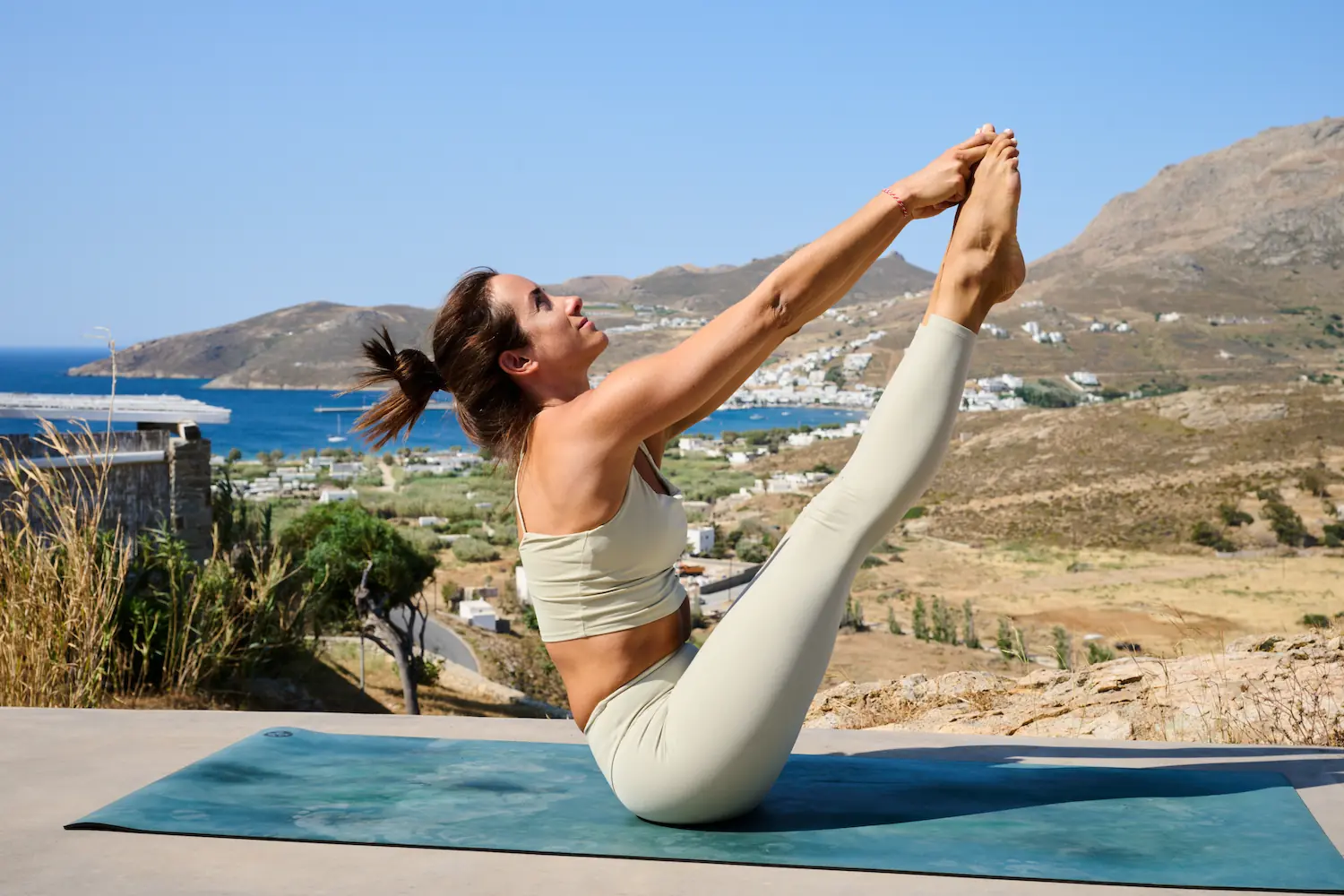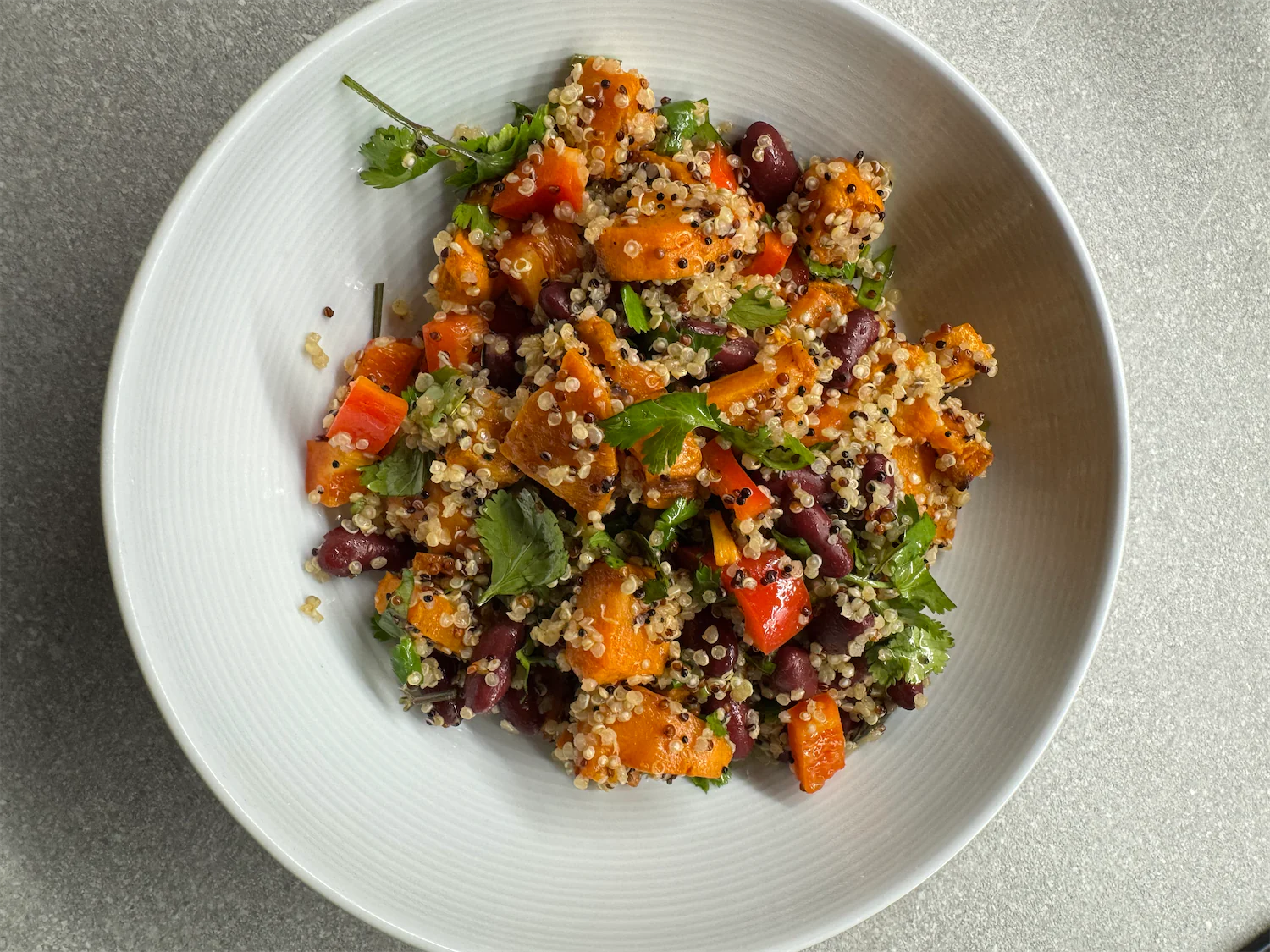Ashtanga Yoga equals breath. Breathing is the backbone of the practice and its beating heart. Krishnamacharya innovated by introducing the element of Vinyasa (coordination of breath and movement), as opposed to the Yoga that was practiced before, which was significantly more static. Since then, breathing acquired tremendous significance in Yoga.
Still there remains a big mystery and controversy as to how one should breathe. The reason is there is no such thing as “asana breath”. Before the 20th century asanas and pranayama were very distinct. There are no precise instructions in any text, leaving room for interpretation - and confusion.
Deep breathing is extremely common in Shalas around the world. I’ve met practitioners whose breathing I could hear from the other end of the room. I’ve seen people putting so much effort into breathing it made their face muscles contract. These students where probably instructed to breathe as deep as they could.
But is deep breathing the right way to go?
From “Ujjayi” to “Free breathing with sound”
If you’re practicing dynamic styles of Yoga such as Ashtanga or Vinyasa, chances are you’ve heard the term “Ujjayi” more than once. This is what most teachers cue when it comes to breath instruction. But what does it mean literally?
In reality, Ujjayi is a pranayama technique which is part of the Ashtanga Pranayama sequence. This sequence - taught by Pattabhi Jois to advanced practitoners in Mysore back in the day - comprises several exercises with lengthy retentions (“kumbakas”). One of these exercises is the Ujjayi Pranayama. Ujjayi Pranayma is practiced by fully engaging uddiyana bandha and constricting the throat to produce the famous Ujjayi sound. Then the practitioner is supposed to introduce kumbakas, gradually slow down the breathing and increase the duration of retention.
As you can imagine, this is no way to breathe while practicing dynamic asana with vinyasa. Too much constriction of the throat and extreme uddiyana will quickly lead to exhaustion and make transitions almost impossible.
Then why is Ujjayi so widely used to describe how one should breathe in asana?
It was probably due to a misunderstanding. The diaphragmatic breath used in Ashtanga Yoga does produce a sound similar to Ujjayi - only much more subtle.
Also, when Pattabhi Jois started teaching Westerners in Mysore his English was quite limited. He cued Ujjayi very often but most probably didn’t mean the pranayama. Somehow students misunderstood and went back home teaching their own students to breathe using Ujjayi. This is how the culture of deep breathing in Ashtanga Yoga started.
Later on, Sharath started using the term “Free breathing with sound”. I remember him pointing out at conference more than once that we shouldn’t use Ujjayi technique in asana - explaining that this was reserved to pranayama. He would literally get mad when someone mentioned Ujjayi.
Free breathing means - first and foremost - no retention and no constriction. The sound is not the goal but a byproduct. When we breathe through the diaphragm instead of the belly (expanding, then contracting the ribcage with every inhale and exhale) two things happen: First, bandhas are automatically engaged. Second, a narrowing of the throat inevitably happens and a subtle sound is produced as a result. This is what “Free breathing with sound” means.
In a nutshell, breathing in Ashtanga is diaphragmatic, with the belly gently pulled in but kept soft, the neck relaxed and the throat narrowed (not constricted!). The sound is not the goal. if the whole room can hear you breathing you’re most probably overdoing it.
Now, let’s take a look at the science
A big reason why deep breathing has been glorified over the years has to do with its association with better oxygenation of the body. But this is a myth.
Carbon dioxide is actually a much more fundamental component of living matter than oxygen. Breathing slower and inhaling smaller amounts of air increases the amount of carbon dioxide in our bloodstream. The more carbon dioxide there is, the easier it is for oxygen to be released from our red cells and delivered to our tissues and organs. In other words, the more carbon dioxide we produce, the more oxygen we attract.
So breathing less - not more - is actually beneficial. It has been proven to enhance athletic performance and endurance, improve cardiovascular function, lower blood pressure and restore respiratory health in asthmatic patients.
Should the breath be even in all asanas?
As much as we might be striving for the same length of inhale and exhale while we’re practicing, the truth is different types of asanas call for different breathing patterns.
When we’re practicing forward folds for instance, the focus should be on the exhale. Forward folds are calming and grounding, and slow, controlled exhale activates the parasympathetic nervous system which promotes relaxation and regeneration.
Backbends on the other hand - which are highly stimulating and dynamic movements- emphasise the inhale. Inhaling activates the sympathetic nervous system, increasing the overall energy levels in the body.
Extremely challenging asanas are also interesting when it comes to breathing. In some of them we might feel the need to temporarily breathe deeper as this will help us access the asana. In asanas that require a high level of concentration and focus such as arm balances, I often notice that I tend to breathe less. This is the result of being highly focused - something that also happens during meditation: our attention is laser focused, to the point that sometimes we literally forget to breathe!
Let the breath be your guide
Our breathing - if we learn to observe it wisely - will always show us the state of our mind and nervous system. If you catch yourself involuntarily holding your breath or hyperventilating at practice, these are signs that you’re overwhelmed or exhausted. Maybe you’re doing too much or experiencing stress at the moment and you need to let it go.
Some asanas -mainly backbends - are challenging because we stop breathing once we’re in them. Our mind is panicking and our nervous system is trapped in freeze mode as a result. If we find the courage to break this pattern and breathe into the panic and discomfort, this in turn will send the signal to our body to relax and soften.
Harnessing the power of the breath can dramatically change the quality of our practice.
This doesn’t mean we need to breathe deeper and louder. It means we should develop the capacity to let the breath guide the movement, not the other way around.
B.K.S Iyengar wrote: “The yogi’s life is not measured by the number of his days, but the number of his breaths”.
Breathing less, slower and more consciously is within our reach and should be one of the main pillars of our Yoga practice. And hopefully, it will also permeate the way we breathe in our day-to-day life.





